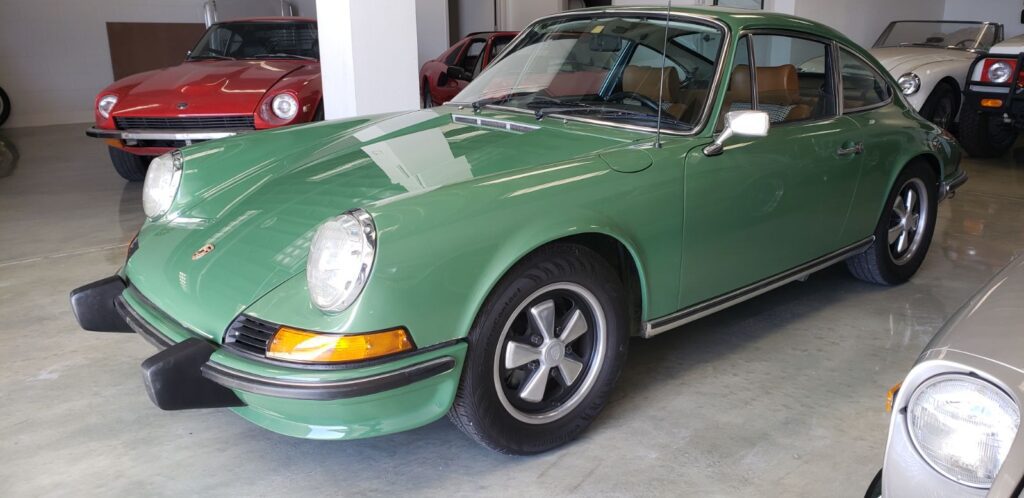Understanding Ceramic Coating
For countless vehicle enthusiasts, preserving the pristine appearance of their cars is more than just a routine—it’s a passion. Whether you’re a meticulous car aficionado, a lessee keen on sidestepping wear-and-tear penalties, or someone who has recently adopted a remote work lifestyle, the level of commitment you show towards your car’s upkeep varies. One of the advanced protective solutions that has gained traction in recent years is ceramic coating. But what exactly is it?
Ceramic coating is a liquid polymer derived from silica. Unlike traditional waxes and sealants, it is applied manually to the car’s surface, where it bonds with the factory paint, creating a robust protective layer. When appropriately cared for, this layer can shield your car’s paint for several years.
Traditional Paint Protection vs. Ceramic Coating
Wax
For many years, car wax has been the go-to solution for maintaining a vehicle’s shine. Derived from organic compounds, waxes are available in multiple forms, from the classic paste to modern sprays. However, their primary drawback is durability. Environmental factors and even potent cleaning agents can easily degrade the wax layer, necessitating frequent reapplications.
Sealants
Sealants, being synthetic, offer a more extended protection period than waxes. They are relatively easy to apply but might not provide the deep shine that high-quality waxes can achieve.
Ceramic Coating
Standing tall among these options is ceramic coating. Its resilience and longevity outshine both waxes and sealants. The coating forms a protective shield that effectively guards against various contaminants, from water stains and road grime to bird droppings.
Key Benefits of Ceramic Coating
Hydrophobic Properties
One of the standout features of ceramic coating is its hydrophobic nature. This means it repels water. When a ceramic-coated car is exposed to water, the droplets bead up and roll off the surface, reducing the chance of water spots and mineral deposits. This property ensures that contaminants find it challenging to stick to the car’s surface, making cleaning a breeze.
Enhanced Protection

Beyond its water-repelling capabilities, ceramic coating offers a formidable defense against potential paint damage. It acts as a barrier against various harmful substances, ensuring they don’t come into direct contact with the car’s paint.
Enhancements Offered by Ceramic Coating
- Aesthetic Appeal: Ceramic coating not only protects but also enhances the car’s appearance, giving it a glossy finish that remains unmatched by other protective solutions.
- UV Protection: The coating offers protection against harmful ultraviolet rays, preventing the paint from oxidizing and fading over time.
- Chemical Resistance: Ceramic coatings are chemically resistant, ensuring that acidic contaminants won’t bond to the vehicle’s paint, thus preventing damage.
Maintaining a Ceramic Coated Vehicle
To ensure the ceramic coating’s longevity and effectiveness, consistent maintenance is paramount. This includes brush-free washes to avert swirl marks and periodic treatments with specific sprays to refresh the coating’s protective attributes.
In the automotive paint protection arena, ceramic coating has carved a niche for itself, offering an amalgamation of durability, aesthetic appeal, and advanced protective features. While it may entail an initial investment, the long-term perks, from minimized maintenance expenses to bolstering the car’s resale value, deem it an invaluable asset for every car enthusiast.
